Yuhui Huang
Self-Supervised Noise Adaptive MRI Denoising via Repetition to Repetition (Rep2Rep) Learning
Apr 24, 2025Abstract:Purpose: This work proposes a novel self-supervised noise-adaptive image denoising framework, called Repetition to Repetition (Rep2Rep) learning, for low-field (<1T) MRI applications. Methods: Rep2Rep learning extends the Noise2Noise framework by training a neural network on two repeated MRI acquisitions, using one repetition as input and another as target, without requiring ground-truth data. It incorporates noise-adaptive training, enabling denoising generalization across varying noise levels and flexible inference with any number of repetitions. Performance was evaluated on both synthetic noisy brain MRI and 0.55T prostate MRI data, and compared against supervised learning and Monte Carlo Stein's Unbiased Risk Estimator (MC-SURE). Results: Rep2Rep learning outperforms MC-SURE on both synthetic and 0.55T MRI datasets. On synthetic brain data, it achieved denoising quality comparable to supervised learning and surpassed MC-SURE, particularly in preserving structural details and reducing residual noise. On the 0.55T prostate MRI dataset, a reader study showed radiologists preferred Rep2Rep-denoised 2-average images over 8-average noisy images. Rep2Rep demonstrated robustness to noise-level discrepancies between training and inference, supporting its practical implementation. Conclusion: Rep2Rep learning offers an effective self-supervised denoising for low-field MRI by leveraging routinely acquired multi-repetition data. Its noise-adaptivity enables generalization to different SNR regimes without clean reference images. This makes Rep2Rep learning a promising tool for improving image quality and scan efficiency in low-field MRI.
Machine learning assisted screening of metal binary alloys for anode materials
Sep 15, 2024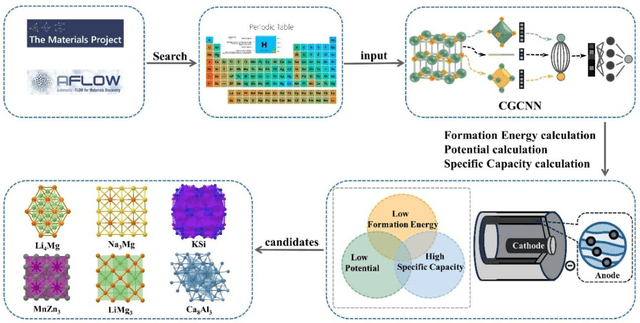
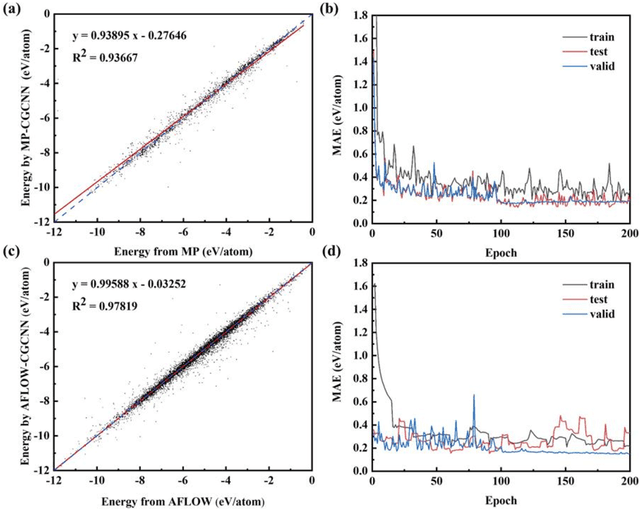
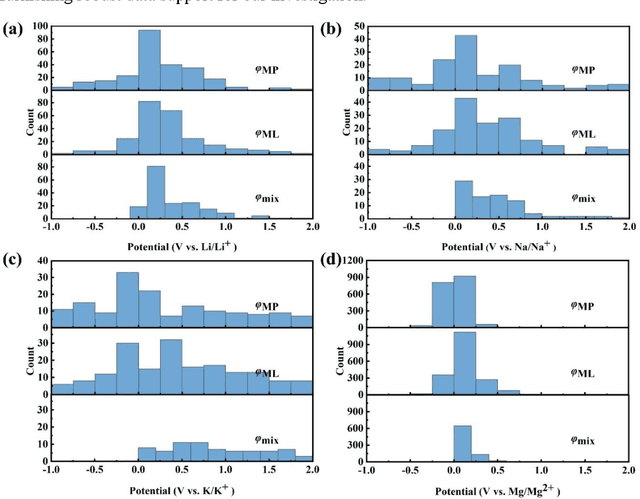
Abstract:In the dynamic and rapidly advancing battery field, alloy anode materials are a focal point due to their superior electrochemical performance. Traditional screening methods are inefficient and time-consuming. Our research introduces a machine learning-assisted strategy to expedite the discovery and optimization of these materials. We compiled a vast dataset from the MP and AFLOW databases, encompassing tens of thousands of alloy compositions and properties. Utilizing a CGCNN, we accurately predicted the potential and specific capacity of alloy anodes, validated against experimental data. This approach identified approximately 120 low potential and high specific capacity alloy anodes suitable for various battery systems including Li, Na, K, Zn, Mg, Ca, and Al-based. Our method not only streamlines the screening of battery anode materials but also propels the advancement of battery material research and innovation in energy storage technology.
A Semantic Indexing Structure for Image Retrieval
Sep 14, 2021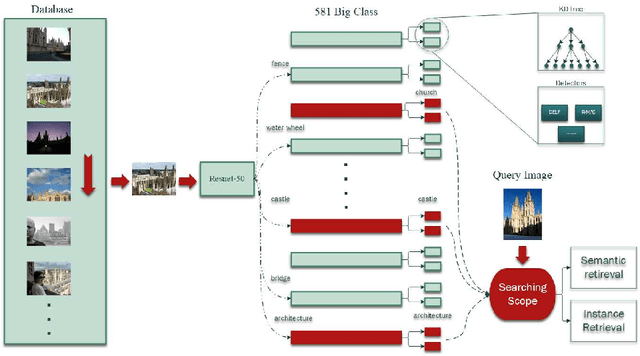
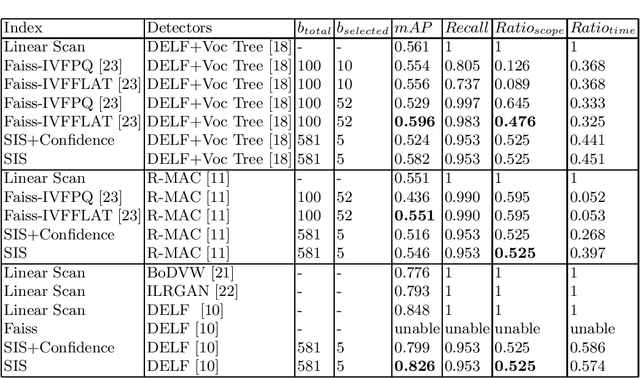


Abstract:In large-scale image retrieval, many indexing methods have been proposed to narrow down the searching scope of retrieval. The features extracted from images usually are of high dimensions or unfixed sizes due to the existence of key points. Most of existing index structures suffer from the dimension curse, the unfixed feature size and/or the loss of semantic similarity. In this paper a new classification-based indexing structure, called Semantic Indexing Structure (SIS), is proposed, in which we utilize the semantic categories rather than clustering centers to create database partitions, such that the proposed index SIS can be combined with feature extractors without the restriction of dimensions. Besides, it is observed that the size of each semantic partition is positively correlated with the semantic distribution of database. Along this way, we found that when the partition number is normalized to five, the proposed algorithm performed very well in all the tests. Compared with state-of-the-art models, SIS achieves outstanding performance.
 Add to Chrome
Add to Chrome Add to Firefox
Add to Firefox Add to Edge
Add to Edge